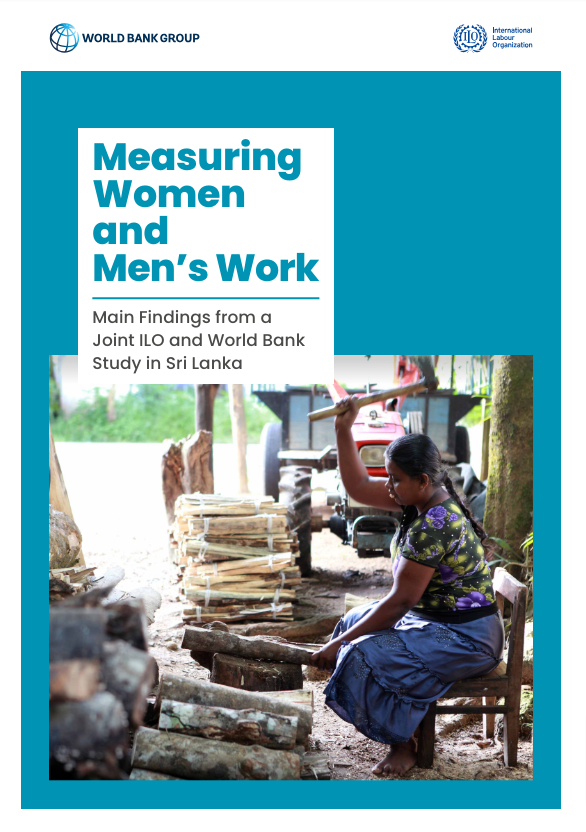
Elevate your labour statistics: Why Convention No. 160 is a must-ratify
Learn how the ratification of ILO Convention on labour statistics boosts national data systems and helps to shape policymaking that promotes decent work and social justice.
Elevate your labour statistics: Why Convention No. 160 is a must-ratify Read More »







